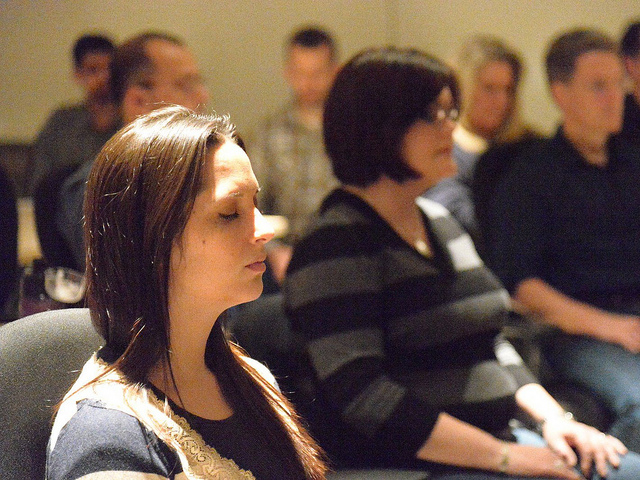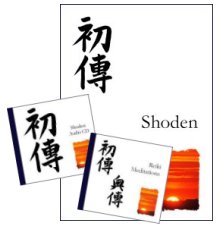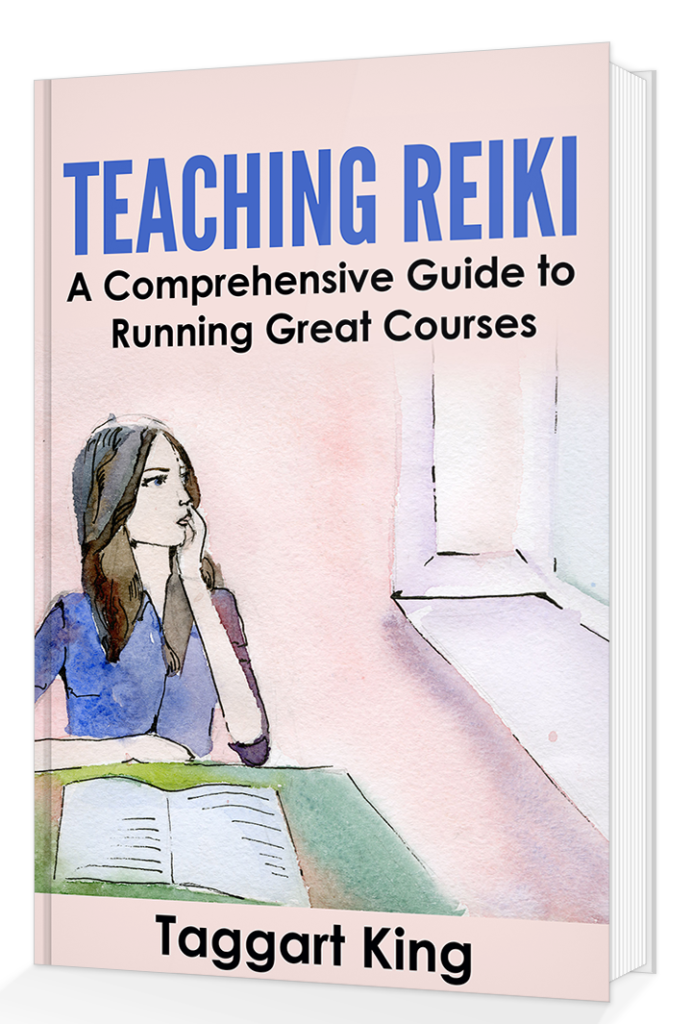
When you teach someone Reiki, you are teaching a practical skill, an art. Reiki is about things that you do: you meditate, you move energy with visualisation or intention, you move through hand positions as you treat other people, and students need to become comfortable with these practical skills by doing them: initially on their Reiki course and then through repeated practice once they get back home, in the days and weeks after their course.
It occurred to me that when I teach Reiki I go through a particular sequence, with the students sitting in front of me, whenever I teach a particular practice, and you can summarise what I do with these headings:
- Explain
- Guide
- Review
Explain
You need to explain clearly to your students what it is that they will be doing: what the stages are, how they will do it. Maybe you need to demonstrate a few points, or a few movements, and have your students copy you a few times so that they are comfortable with the process, before they do it ‘for real’.
Reassure them that they don’t need to remember anything at this stage because you will talk them through the process.
Talk about why you do this exercise, what it is said to achieve and what they might notice, reassuring them that everyone is different and that you are not expecting people to experience a particular thing: that there is no ‘right’ thing that they have to notice.
Guide
Most of the things that we do when we practise Reiki, we do with our eyes closed: meditating, self-treating, performing Hatsurei ho, treating other people, so we need to be guided through these practices for the first time, by a teacher who is paying close attention to us, and who explains what we need to do clearly and carefully, moving everyone through the stages at the same time.
Review
When you have completed an exercise, ask the students what they noticed, what they enjoyed, what they found challenging, how it went for them. You don’t necessarily have to go round eliciting feedback in order, say from right to left, because that might be intimidating for the first person you keep on coming to. Just allow the person who feels most comfortable giving their feedback to do so first, but also make sure that you ask everyone what they experienced, so everyone has the chance to share.
It is useful for students to understand that there are differences in their experiences when carrying out a particular exercise and that is ok: everyone is different and experiences things in different ways. And if everyone noticed a particular thing happening, then that’s great too!
Feedback is useful because it often raises issues, or questions, that you can use as ‘talking points’ where you can provide further advice, or practical tips, or talk about perhaps different ways that the exercises can be used (for example, taking Kenyoku out of Hatsurei ho and using it before treating someone).
And if no-one asks the question that would lead you to give that helpful hint or tip, give them the tips anyway.
Explain, Guide, Review, Repeat
You can cycle through these three stages for each chunk of your course: each practical exercise.
So before you give the first attunement or empowerment, explain what you are doing and why, and what they are going to have to do to participate (for example, “bring your hands into the prayer position when I rest my hand gently on your shoulder”), go through the initiation, let them know when you have completed the process for everyone, and get feedback about what people noticed.
When you teach Hatsurei ho, talk about why you do this exercise, the stages they need to go through, the movements that they will need to make (let them practise a few times), guide them through the exercise in real time and then ask for feedback so you can provide useful hints and tips, reassurance, and talk about how the exercise, or parts of the exercise, can be used in different situations.
And so on for self-treatments and treating other people.
On a Second Degree course, for example, you can use the same sequence to introduce meditations on the energies of earth ki and heavenly ki, to deal with distant healing and working intuitively.
Need some help with your course materials?
 I have put together comprehensive and detailed course manuals and easy-to-listen-to audio CDs with commentaries and guided meditations. All these are available for you to use on your own courses (no matter what lineage you have) and you can order them in packs of four at greatly discounted prices. Reiki teachers all over the world are using them. Find out more by clicking here:
I have put together comprehensive and detailed course manuals and easy-to-listen-to audio CDs with commentaries and guided meditations. All these are available for you to use on your own courses (no matter what lineage you have) and you can order them in packs of four at greatly discounted prices. Reiki teachers all over the world are using them. Find out more by clicking here:
Reiki Evolution Manuals and audio CDs.
Did you like this blog?
If so, you are going to love this book…

“Spot on! I’ve been teaching reiki for many years and I must say I wish this book had landed back then!
I’ve put together courses and really would have loved a book like this to refer back to, it’s concise, clear, laid out really well and is informative and a mini support system to boot.
If you’re entering the Reiki world with an aim to become Master/Teacher then having this book in your armoury will benefit you.”
S J Price
Teaching Reiki
A Comprehensive Guide to Running Great Courses
This is the book I really wish had been available when I started running Reiki courses in 1997. And it would have helped me greatly in my journey as a Reiki teacher thereafter.
You’ll find a wealth of advice about how to set up and run your Reiki courses: read articles about planning and structuring your courses; find out how to explain things to students in a way that honours their learning preferences and personality types; discover how to create top quality course materials and how to support your students long-term.
We look at the differences between ‘Western’ and Original Japanese Reiki and I explain how I created “Reiki Evolution” courses, which pass on the essence of Reiki’s original form. Read this book and you’ll know how to teach “Reiki Evolution” style: what to say, what to teach, and even how to teach Reiki in a ten-week ‘Evening Class’ format.
This book will be of interest to anyone who is about to start teaching Reiki, or to established Reiki teachers who are interested in enhancing the quality of their courses.
Read the contents list before you order, if you like, by clicking on this link: Table of contents
Book: 370 pages.
Price: £15.99 + p&p
Or Download a PDF version now for only £12.49
Photo credit: Intel Free Press

3 thoughts on “Reiki teaching: explain, guide and review”